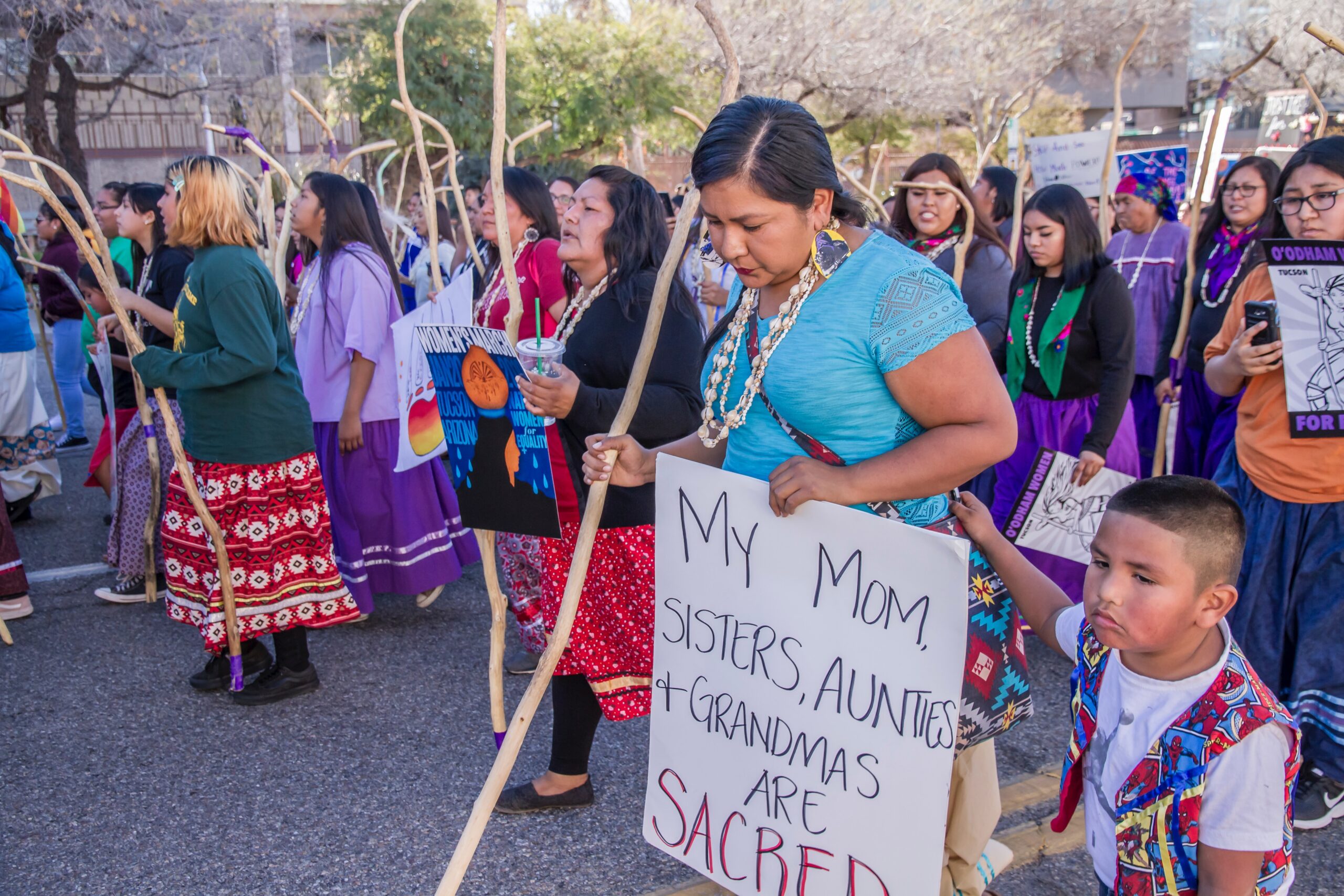The Gabby Petito case has stirred fascination, sympathy, and a hornet’s nest of unrest about “Missing White Woman Syndrome,” an accusation that racist white media prefers stories about pretty Caucasian girls in peril, but not so much minority women in peril. There’s some truth to that perception, but it’s not always what it seems.
Recently, I proposed a major book about the scourge of missing and murdered indigenous women across the USA. Shockingly, four of of five Indian women are exposed to violence today, some advocates say. Would we be sanguine if four of every five white women faced such stats? I believed this terrible crime issue was worth talking about. So I reached out to several activist organizations, tribal police, state government agencies, even the Department of Interior’s new bureau specifically created to combat violence against Indian women.
ALL of them refused to help in any way.
Deborah Maytubee Shipman, chairwoman of Missing and Murdered Indigenous Women USA, was curt in her reply to my email: “We’ll tell our own story.” Nothing more.
Deputy Press Secretary Giovanni Rocco of the Department of the Interior—whose director, Deb Haaland, is a Native American—replied with the sort of faux courtesy that only professional bureaucrats exude: “Thank you for reaching out for your thoughtful consideration. We appreciate you discussing this important issue, but respectfully decline participation.”
I queried a dozen tribal police departments. No call or email was ever returned.
Indigenous culture itself is unresponsive, too. Beliefs about speaking of the dead or talking to non-indigenous reporters, police, or advocates curtails a lot of communication. To be sure, there are rampant antipathies on reservations about white men, white people in general, colonialism, white-trained and under-funded tribal cops … and alleged lack of interest from media.
Alas, efforts among white media are being made to examine the violence against women of color—even to write books—but the status quo seems to be just fine with some of the people who could most help to rectify the problem. Politics and donations might be more important than helping these women survive. Whatever Shipman, Rocco, and others are doing, it’s not working. The reasons are perplexing, maybe even racist, but refusing the help of non-indigenous people who want to eliminate “Missing White Woman Syndrome” is ill advised.
But it’s clear that this cultural refusal ensures that missing women of color will continue to be missing from American news coverage, too.
Cover photo by Dulci Lima
